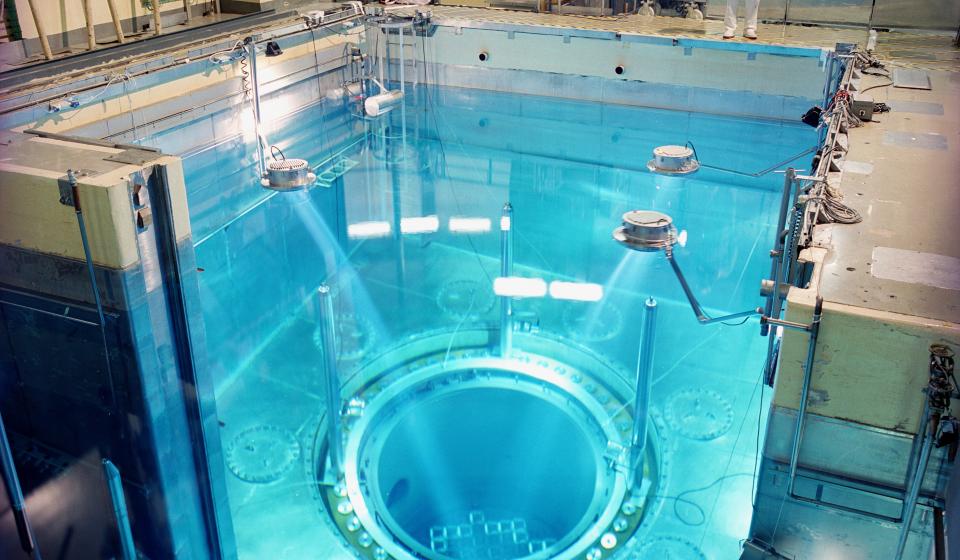The nuclear power plants and safety
How safe is nuclear power?
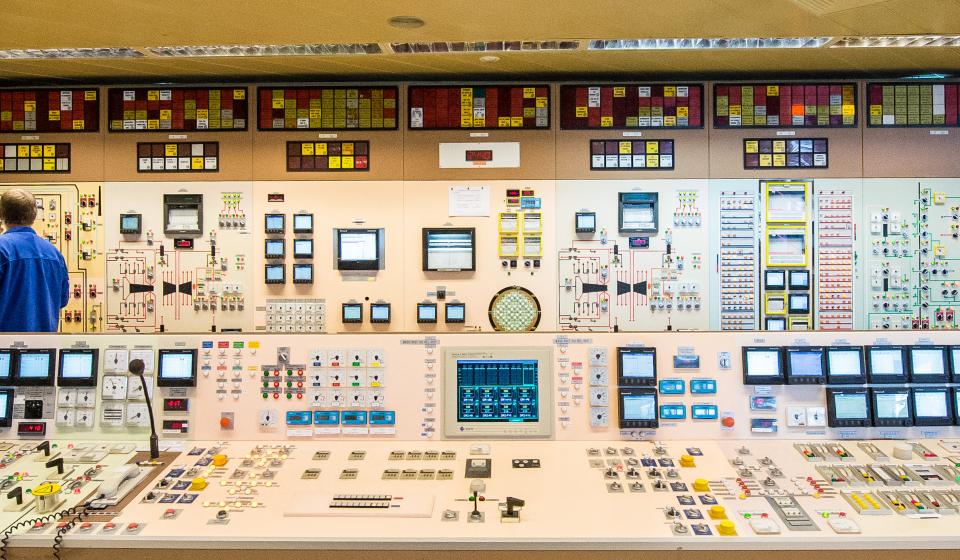
A strong basic design
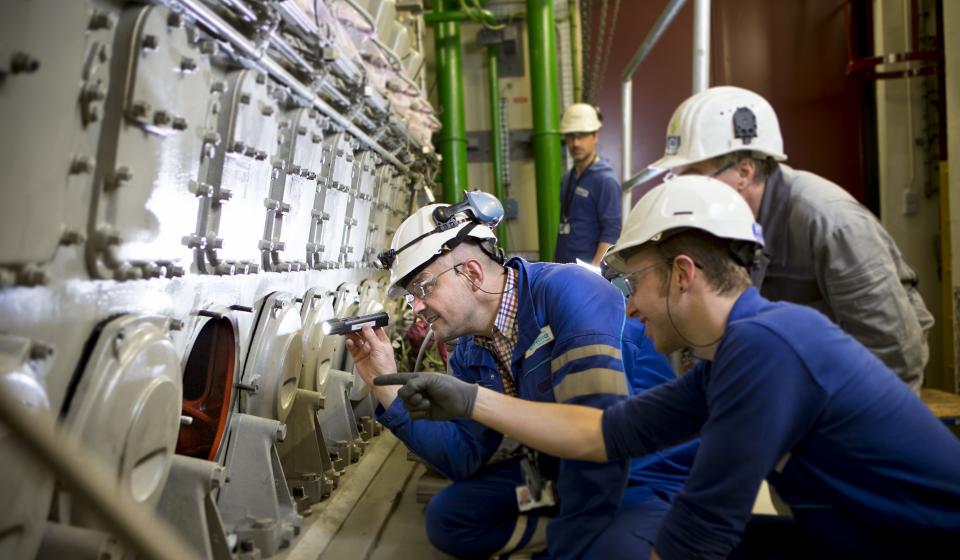
Strict controls
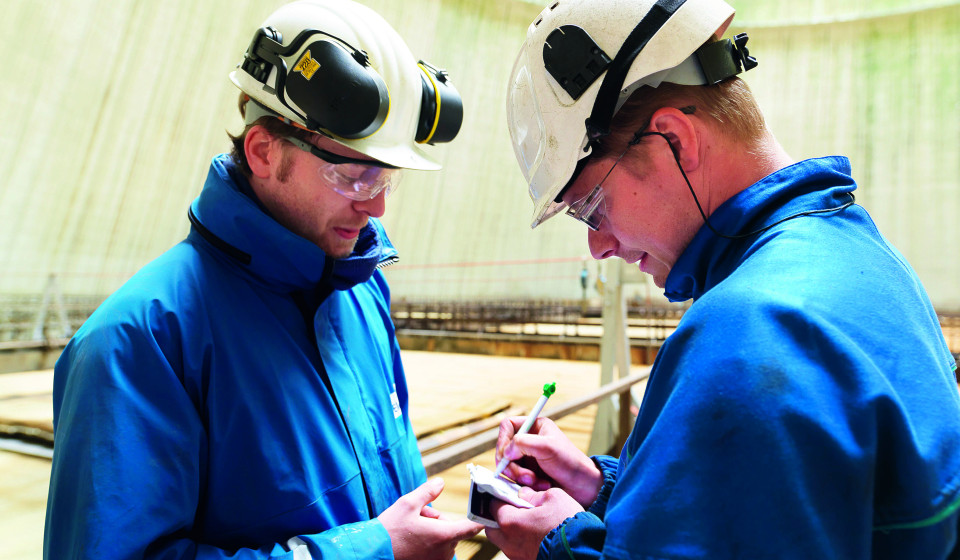
Safety above production
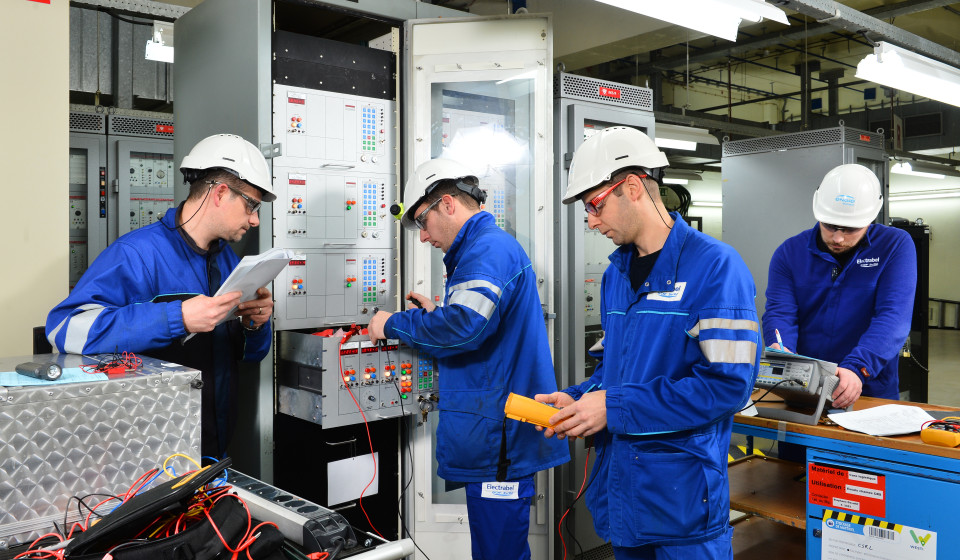
The different pillars of nuclear safety
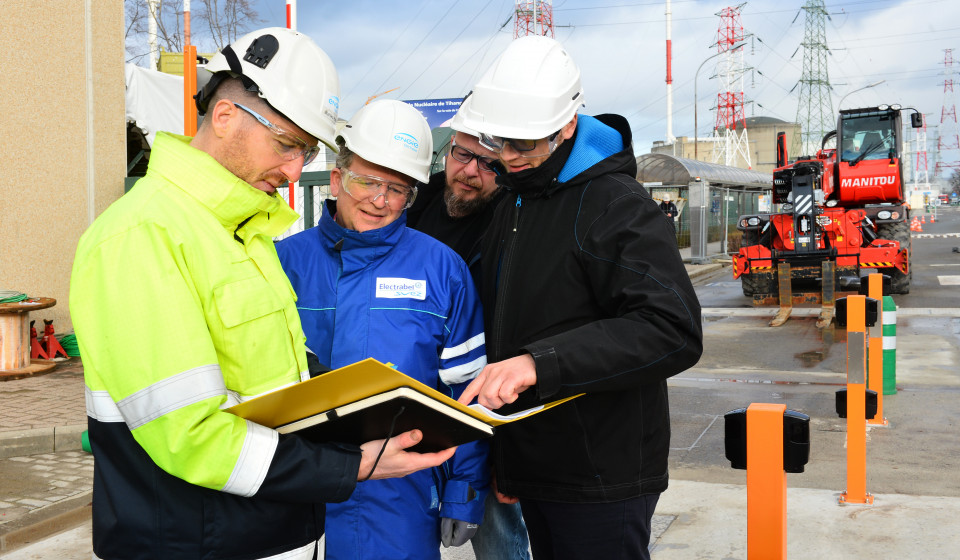
Learning from experience
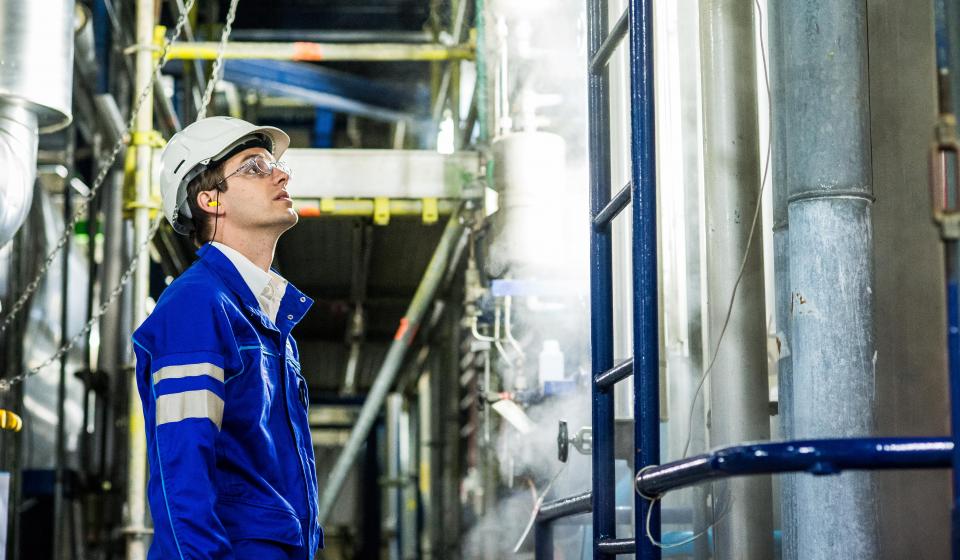
No accidents in Belgium
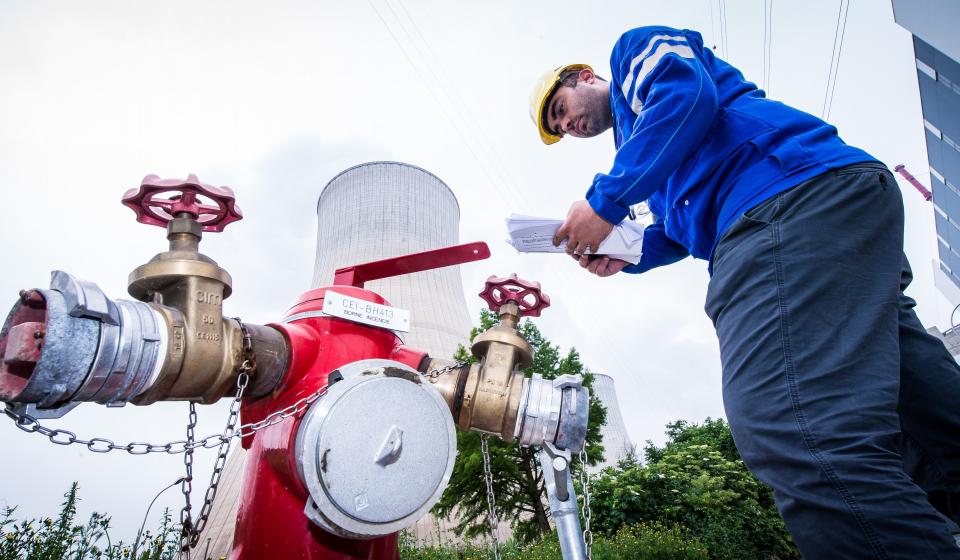
The Belgian nuclear emergency plan
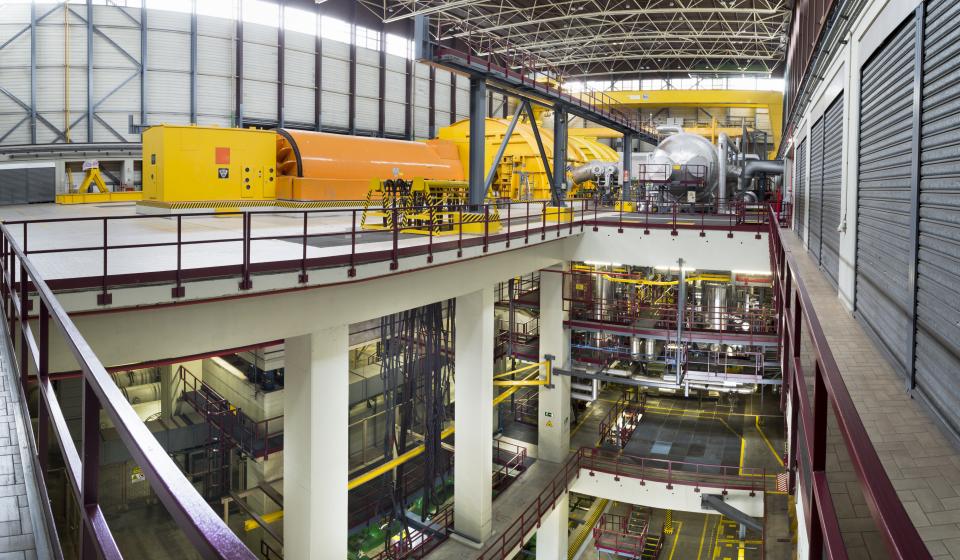
Continuous investment
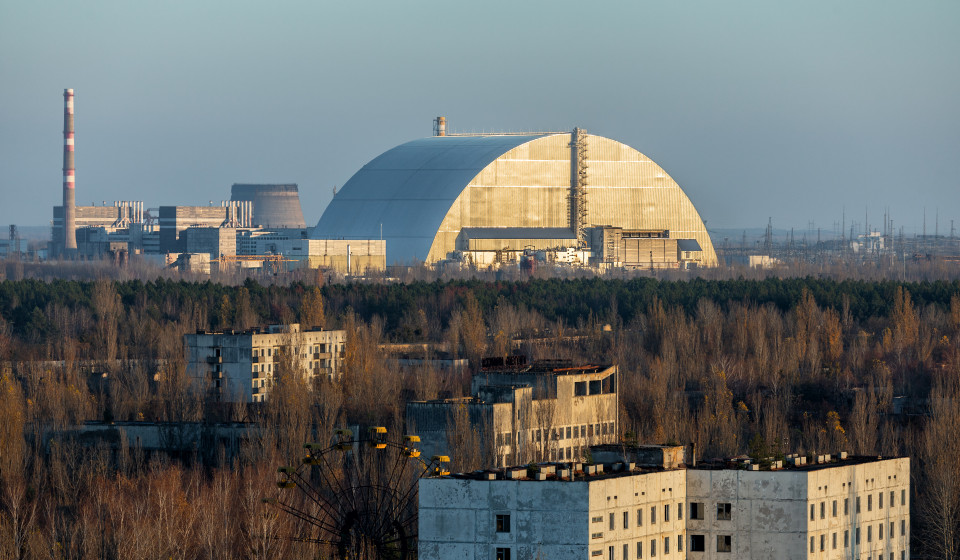
Chernobyl
All this does not take away the fact that all staff of the power stations are aware of the responsibility they bear and how important their professionalism is. They are therefore also intensively trained and coached.
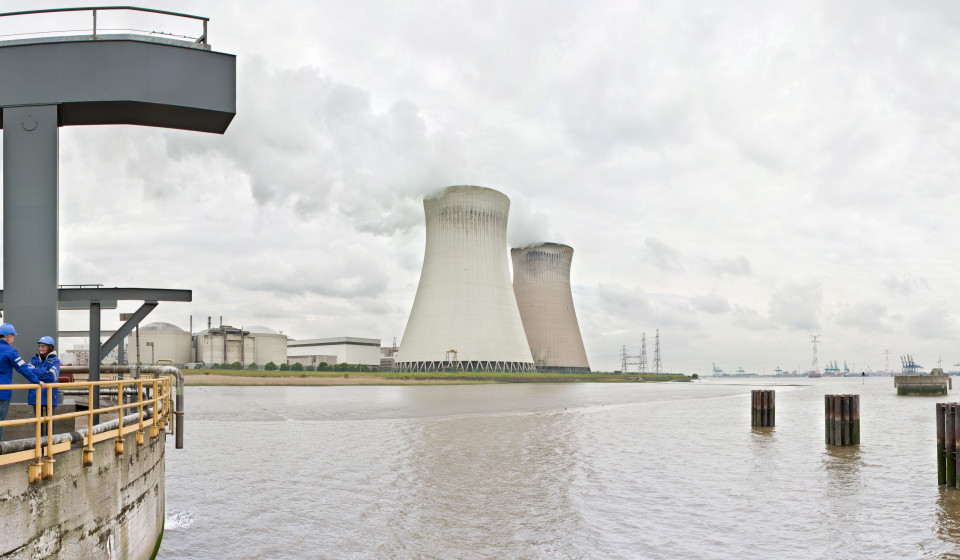
The INES scale
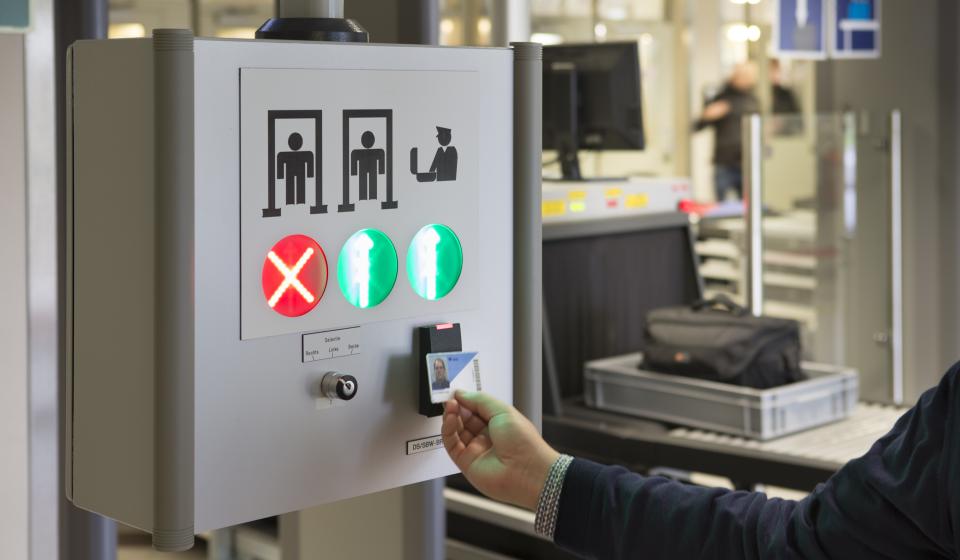
Security
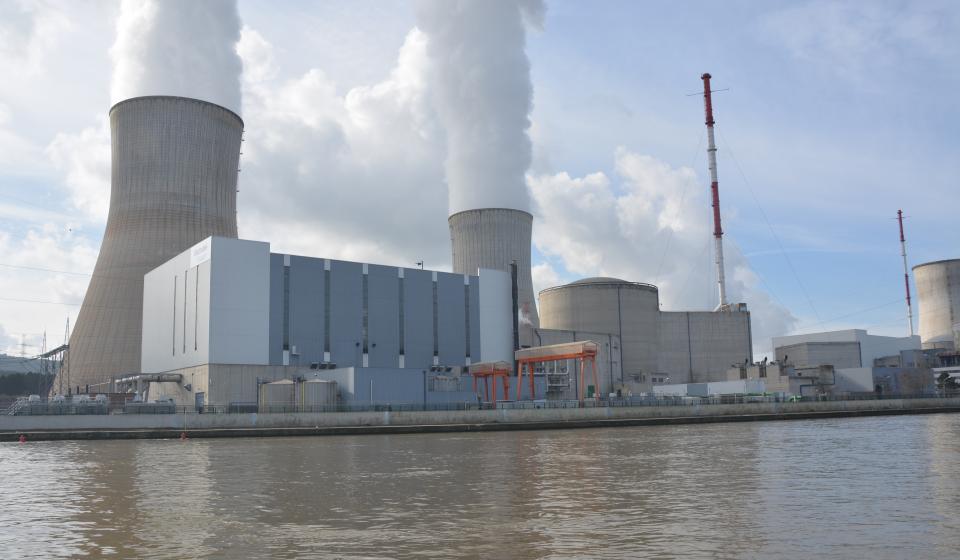
The stress tests in Belgium
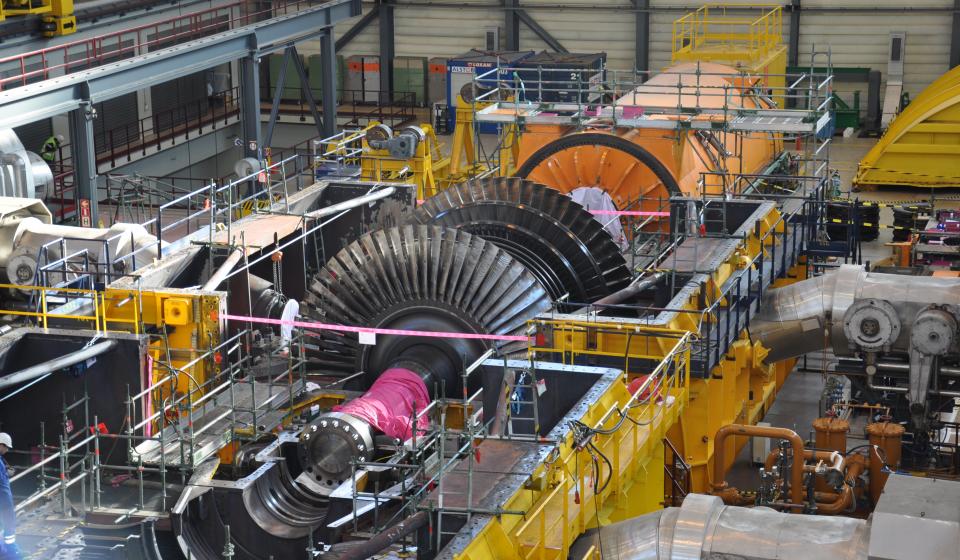
Doel 4: refurbishment of the steam turbine
